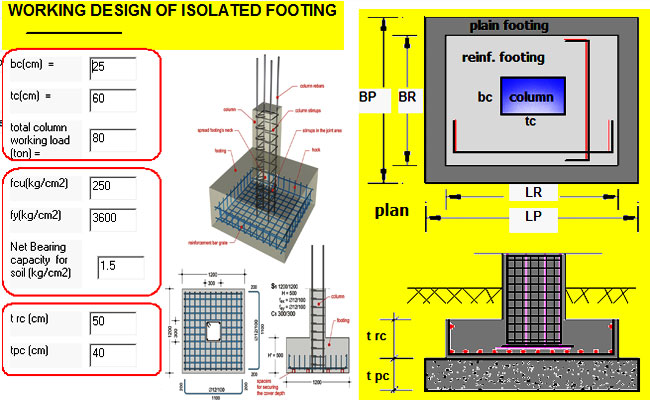
The helicase activity is required to translate two mRNAs involved in germ cell migration and development 6, 7. elegans, Drosophila, Xenopus, zebrafish, chicken, rainbow trout, rat, and humans 4, 5. Vegetative and invertebrate VASA genes are conserved and expressed in the germ cell lineage. Studying expression patterns in these proteins within different germ cells at various stages can help better understand human spermatogenesis. In human testicular tissues, VASA protein expression can be used to identify spermatogonia, spermatocytes, and spherical spermatids 2, 3. The VASA gene encodes an ATP-dependent RNA helicase and RNA-binding protein. Humans, cattle, pigs, chickens, rhesus macaques, and goats have shown VASA expression in germ cells 1. Several RNA-binding proteins are required for germ cell development. Understanding normal spermatogenesis is vital for developing human subfertility and infertility. Our findings suggest that VASA and its interacting hub proteins could help determine the pathophysiology of germ cell abnormalities and infertility.ĭefective spermatogenesis is a common cause of infertility in human. STRING and Cytoscape analyses presented seven genes, i.e., DDX5, TNP2, DDX3Y, TDRD6, SOHL2, DDX31, and SYCP3, as the hub genes involved in infertility with VASA co-function and protein–protein interaction. According to the obtained results, the main molecular functions of the up-regulated and downregulated genes include the meiotic cell cycle, RNA binding, and differentiation. STRING and Cytoscape online evaluation were applied to predict proteins' functional and molecular interactions and performed to recognize the master genes, respectively.


For this purpose, Enrichr and Shiny Gene Ontology databases were used for pathway enrichment analysis and gene ontology. The immunohistochemical analysis of three human cases with different levels of non-obstructive azoospermia revealed a higher expression of VASA-positive cells. Our Immunocytochemistry and immunohistochemistry in infertile humans showed expression of VASA in the luminal compartments of the seminiferous tubule. Some studies of fertile humans showed VASA expression in the basal and adluminal compartments of seminiferous tubules. Immunocytochemistry and immunohistochemistry were used to examine the expression of VASA protein in the human testis sections of azoospermic patients, in-vitro and in-silico models.

The VASA gene expression, which is required for human germ cell development, may lead to infertility. VASA, also known as DDX4, is a member of the DEAD-box proteins and an RNA binding protein with an ATP-dependent RNA helicase.


 0 kommentar(er)
0 kommentar(er)
